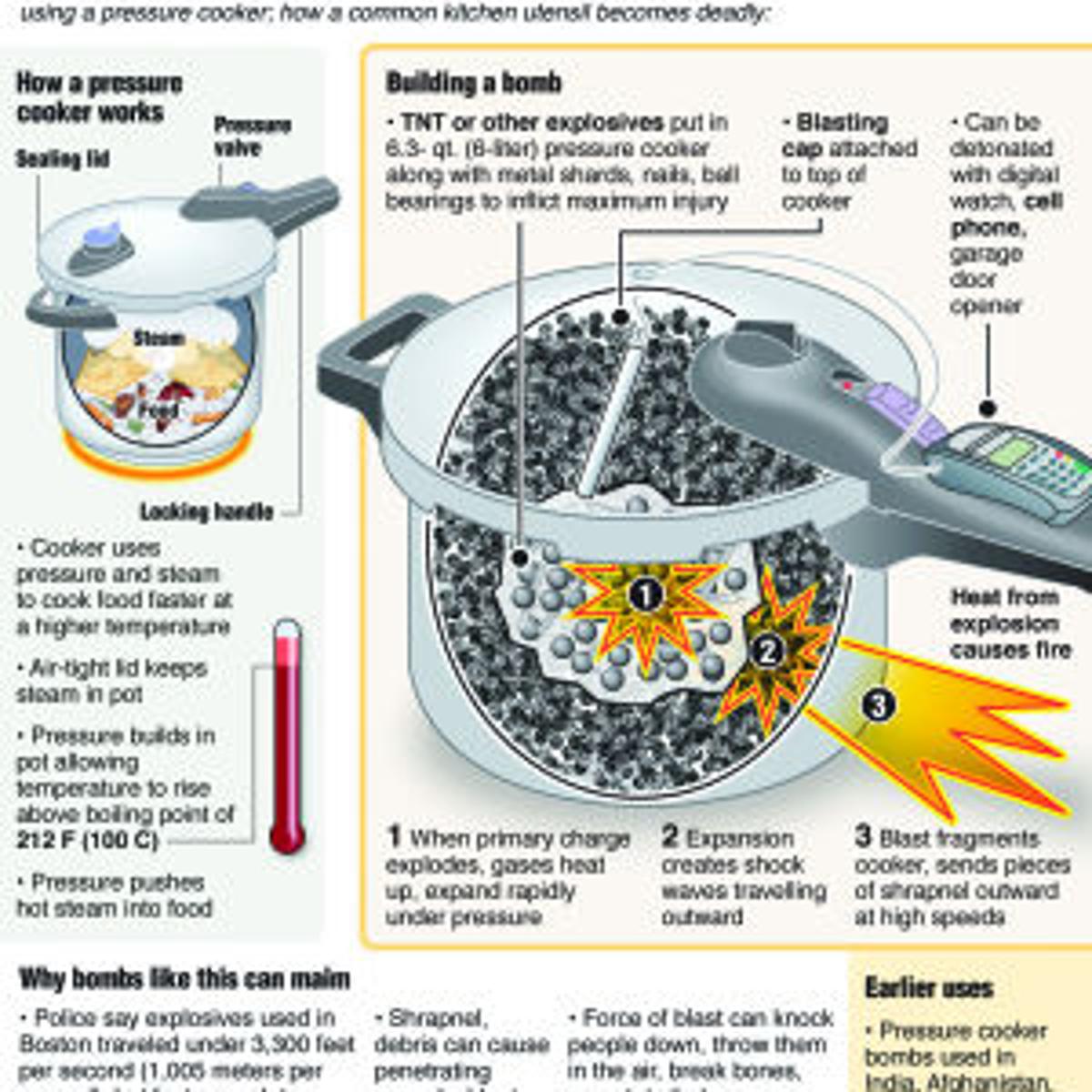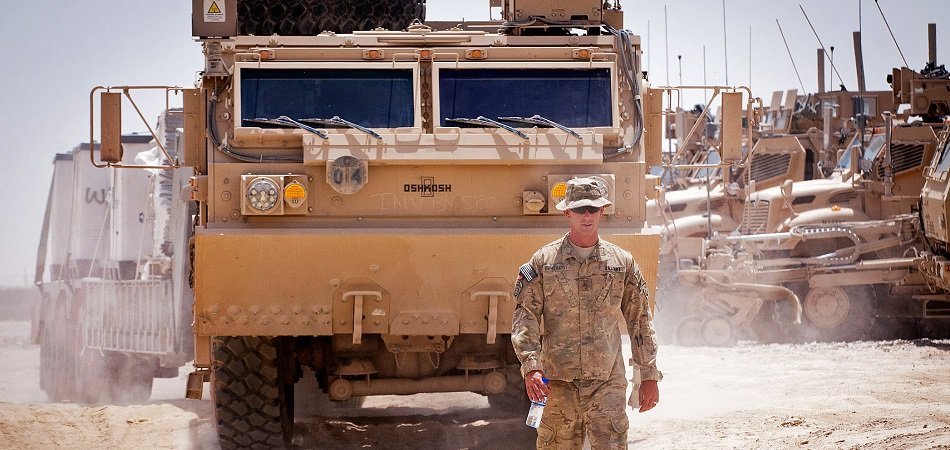I don't think there is any debate in this for 3rd and 4th line warehousing. Large warehouses, full of stock (A dream I know right) with a small cadre of people and AI doing all the picking.
It will be interesting to see what they come up with for the 1st and 2nd line by way of automation. And there is the whole movement to end user.
It's all about supply chain management, and other stuff like that I barely understand. It's interesting to see that the US has formed a joint organization to figure it out though: JAIC -
Artificial Intelligence for Military Logistics – Current Applications
Although AI and ML could have great benefits for military logistics, the military has focused on AI and ML applications in other areas. The military has been slow on the uptake, and it often accepts an
amber status for its logistics in active war zones.
However, integrating AI for logistics in the military comes with its attendant concerns, although they are not the same as those when
using AI for surveillance, intelligence, or weapons. The
issues with AI for logistics have to do with inherent unpredictability and
vulnerability to exploitation.
Data scientists and engineers are making great progress in AI and ML with impressive results, but it is far from foolproof. This lack of certainty has until recently prevented more enthusiastic employment of available AI and ML solutions. A
directive requiring all AI-based systems to have a human overseer or operator at all times should mitigate, but not eliminate, the specter of compromised and dangerous technology.
That said, the fact that the biggest adversaries of the US are aggressively pursuing the use of AI and ML in their own defense systems, and that these same systems face the same risks and vulnerabilities, might present unique opportunities for the Department of Defense (DoD) to level the playing field, so to speak.
Be that as it may, the DoD is addressing the issue of using AI for logistics in the US military, spearheaded by the newly formed J
oint Artificial Intelligence Center (JAIC). The authors of the “
Summary Of The 2018 Department Of Defense Artificial Intelligence Strategy” point out that “Other nations, particularly China and Russia, are making significant investments in AI for military purposes…The United States, together with its allies and partners, must adopt AI to maintain its strategic position, prevail on future battlefields, and safeguard this order.”
The US military is faces massive logistical challenges. Learn how AI can help with key logistics processes such as maintenance and supply chain...

emerj.com













